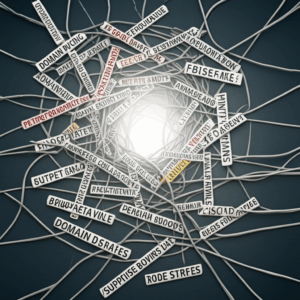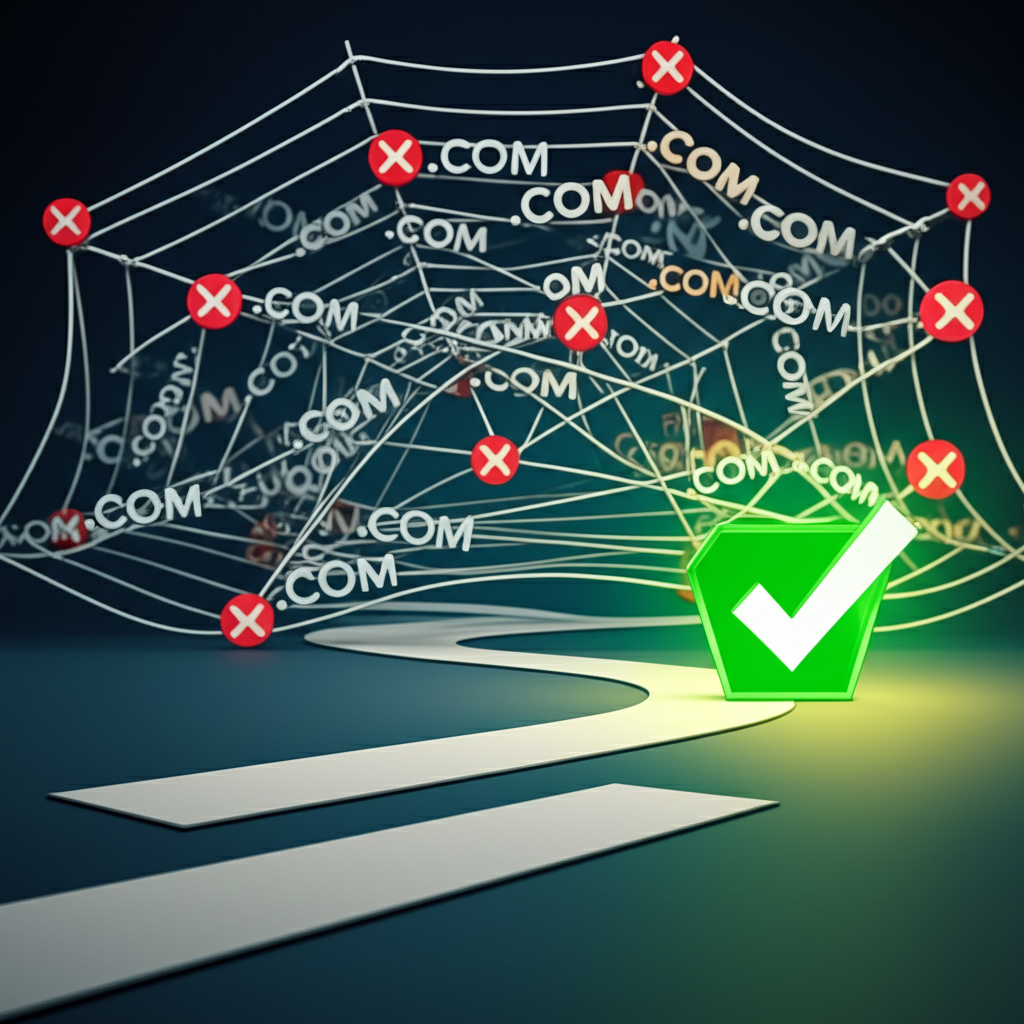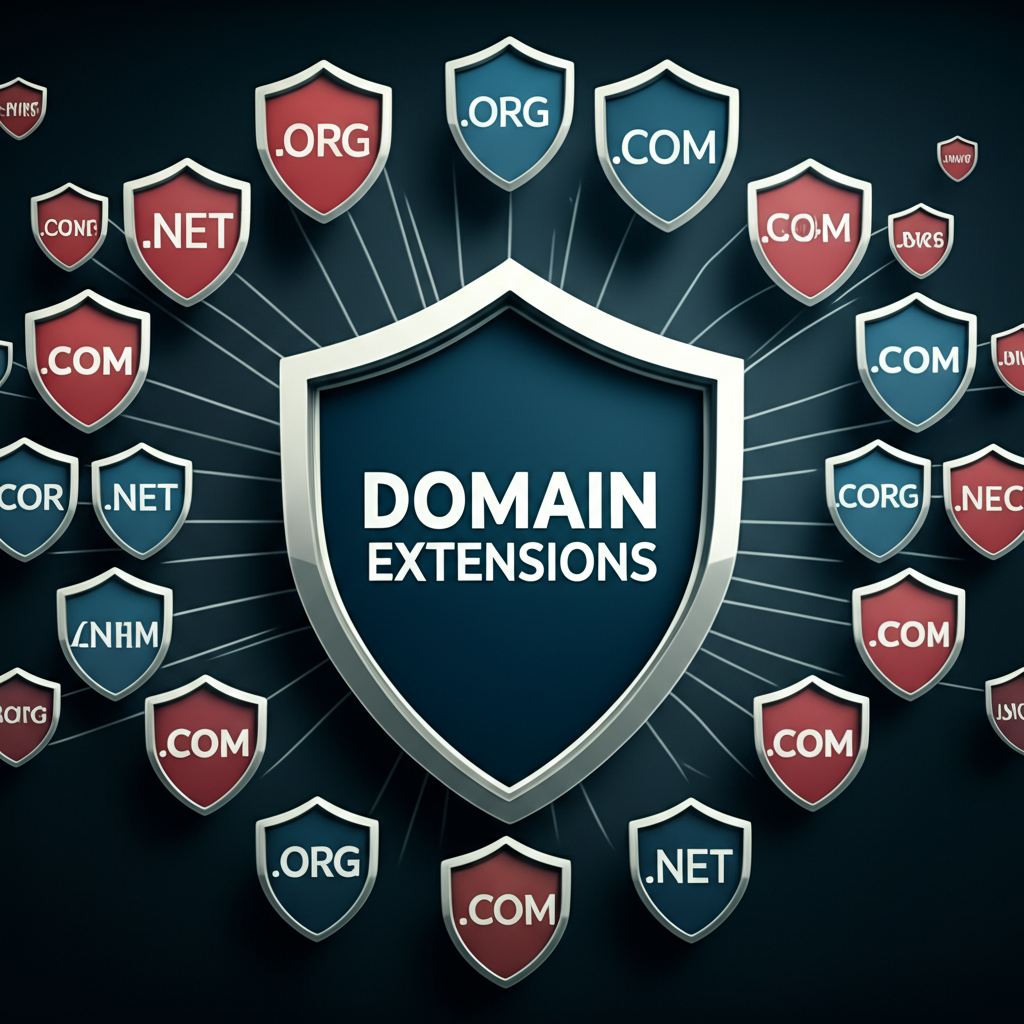- Avoiding Common Domain Buying Mistakes
- 1. Choosing the Wrong Domain Extension
- 2. Ignoring Keyword Research
- 3. Neglecting Domain Name Length
- 4. Overlooking Trademark Infringement
- 5. Buying From Unreliable Registrars
- Domain Buying Best Practices: Maximizing Your Investment
- 6. Considering Future Expansion
- 7. Securing Variations and Misspellings
Domain Buying Mistakes: 7 to Avoid for Best Results
Domain names are the digital addresses of businesses online. A well-chosen domain can significantly impact brand recognition, online visibility, and ultimately, success. However, the process of buying a domain can be tricky, and several pitfalls can lead to future headaches. Avoiding these common domain buying mistakes is crucial for maximizing your online potential.
Avoiding Common Domain Buying Mistakes

Securing the right domain name is a foundational step in establishing a strong online presence. Rushing through the process or neglecting key considerations can lead to problems down the line, hindering your growth and potentially costing you significantly. Here are seven domain buying mistakes to avoid:
1. Choosing the Wrong Domain Extension
While “.com” remains the king of domain extensions, other options like “.net,” “.org,” or industry-specific extensions like “.tech” or “.io” can be viable depending on your specific business. Blindly opting for “.com” without considering your target audience and niche can be a mistake. For example, if you’re a non-profit organization, “.org” might be a better fit, while “.tech” might be suitable for a technology startup. Consider your target audience and the overall brand image you want to project when selecting your extension.
2. Ignoring Keyword Research
Keywords play a crucial role in search engine optimization (SEO). Incorporating relevant keywords into your domain name can improve your website’s visibility in search results. However, keyword stuffing – cramming too many keywords into your domain – can make it look spammy and unprofessional. Conduct thorough keyword research and strategically integrate the most relevant ones while maintaining a natural and memorable domain name.
3. Neglecting Domain Name Length
Shorter domain names are generally easier to remember, type, and share. Avoid excessively long and complex domain names that users might struggle to recall or enter correctly. A concise and memorable domain name contributes to better brand recall and reduces the risk of typos and lost traffic.
4. Overlooking Trademark Infringement
Before settling on a domain name, conduct a thorough trademark search. Using a domain name that infringes on an existing trademark can lead to legal disputes, forcing you to relinquish the domain and potentially face financial penalties. It’s essential to ensure your chosen domain doesn’t infringe on any existing trademarks to avoid costly legal battles.
5. Buying From Unreliable Registrars
Not all domain registrars are created equal. Choosing an unreliable registrar can lead to issues with domain management, hidden fees, poor customer support, and even loss of your domain. Opt for reputable and established registrars with a proven track record of reliability and excellent customer service. Read reviews and compare pricing and features before making a decision.
Domain Buying Best Practices: Maximizing Your Investment
Choosing the perfect domain is a strategic investment. To ensure you reap the maximum benefits from your domain, follow these best practices:
6. Considering Future Expansion
When choosing a domain name, think long-term. While your current business focus might be narrow, consider potential future expansion and diversification. A domain name that’s too specific might limit your options down the line. Choose a domain that allows for flexibility and growth, accommodating potential future ventures.
7. Securing Variations and Misspellings
Typos happen. To prevent losing traffic to competitors due to simple typing errors, consider registering common misspellings or variations of your chosen domain name. This preemptive measure can direct users to your website even if they make a slight mistake when entering your domain. It also protects you from cybersquatters who might register similar domains to capitalize on your brand’s popularity.
By avoiding these common domain buying mistakes and implementing the best practices suggested above, you can significantly increase your chances of selecting a domain name that supports your online success, strengthens your brand identity, and drives sustainable growth. Don’t underestimate the power of a well-chosen domain; it’s a cornerstone of your online presence and a valuable asset for your business.















Leave a Reply